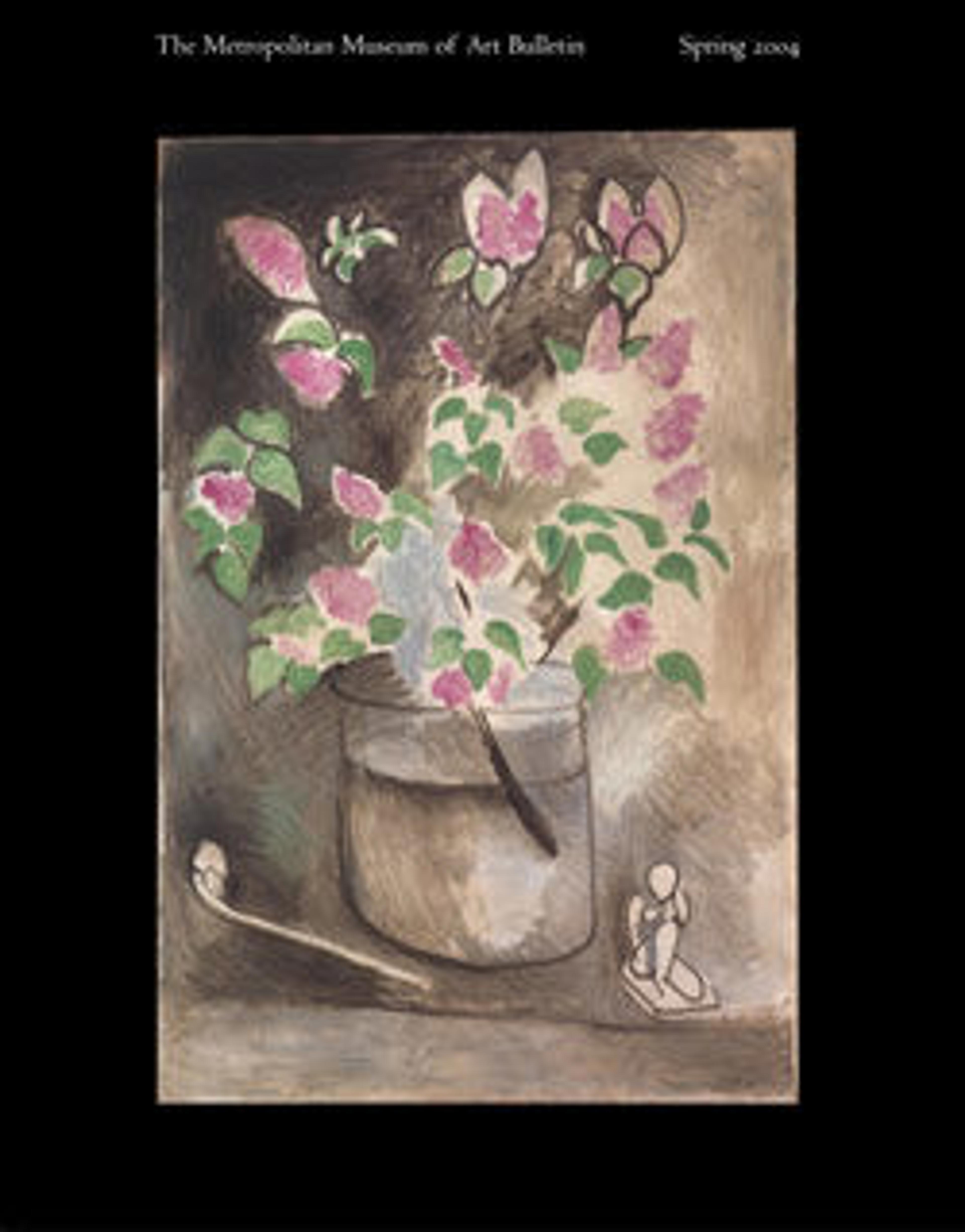Self-Portrait
De Chirico painted this self-portrait while he lived in Paris from 1911 to 1915. He created there melancholy cityscapes that became exemplary for the Surrealist movement. His profile view recalls that of ancient Roman coins and medals. The artist sometimes pre-dated his works, as he did this one, several years after their actual date to assert the innovatory style of his pictures.
Artwork Details
- Title: Self-Portrait
- Artist: Giorgio de Chirico (Italian (born Greece), Vólos 1888–1978 Rome)
- Date: 1912–13
- Medium: Oil on canvas
- Dimensions: 34 1/4 × 27 3/8 in. (87 × 69.5 cm)
- Classification: Paintings
- Credit Line: Gift in memory of Carl Van Vechten and Fania Marinoff, 1970
- Object Number: 1970.166
- Rights and Reproduction: © 2025 Artists Rights Society (ARS), New York
- Curatorial Department: Modern and Contemporary Art
More Artwork
Research Resources
The Met provides unparalleled resources for research and welcomes an international community of students and scholars. The Met's Open Access API is where creators and researchers can connect to the The Met collection. Open Access data and public domain images are available for unrestricted commercial and noncommercial use without permission or fee.
To request images under copyright and other restrictions, please use this Image Request form.
Feedback
We continue to research and examine historical and cultural context for objects in The Met collection. If you have comments or questions about this object record, please contact us using the form below. The Museum looks forward to receiving your comments.
